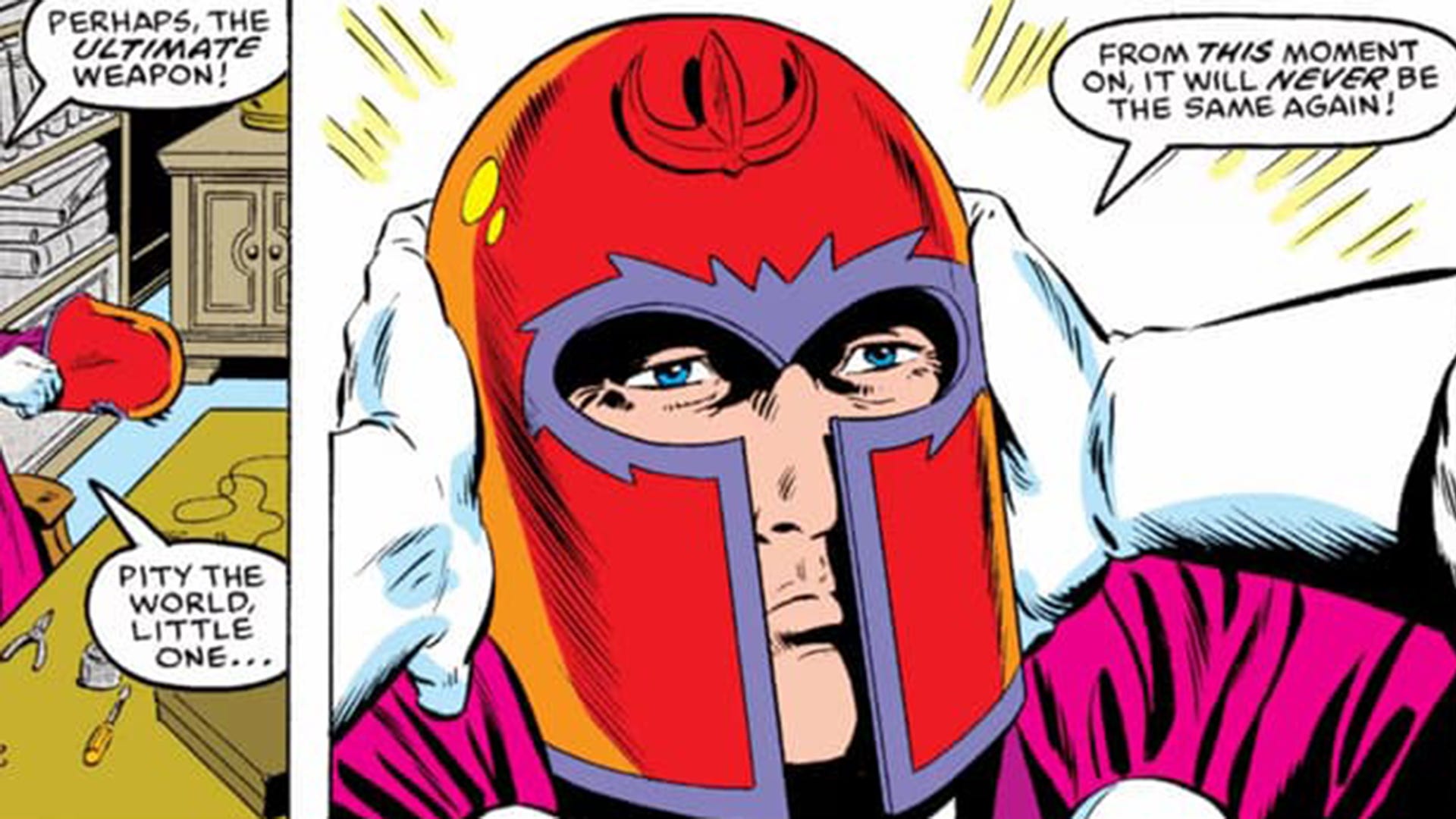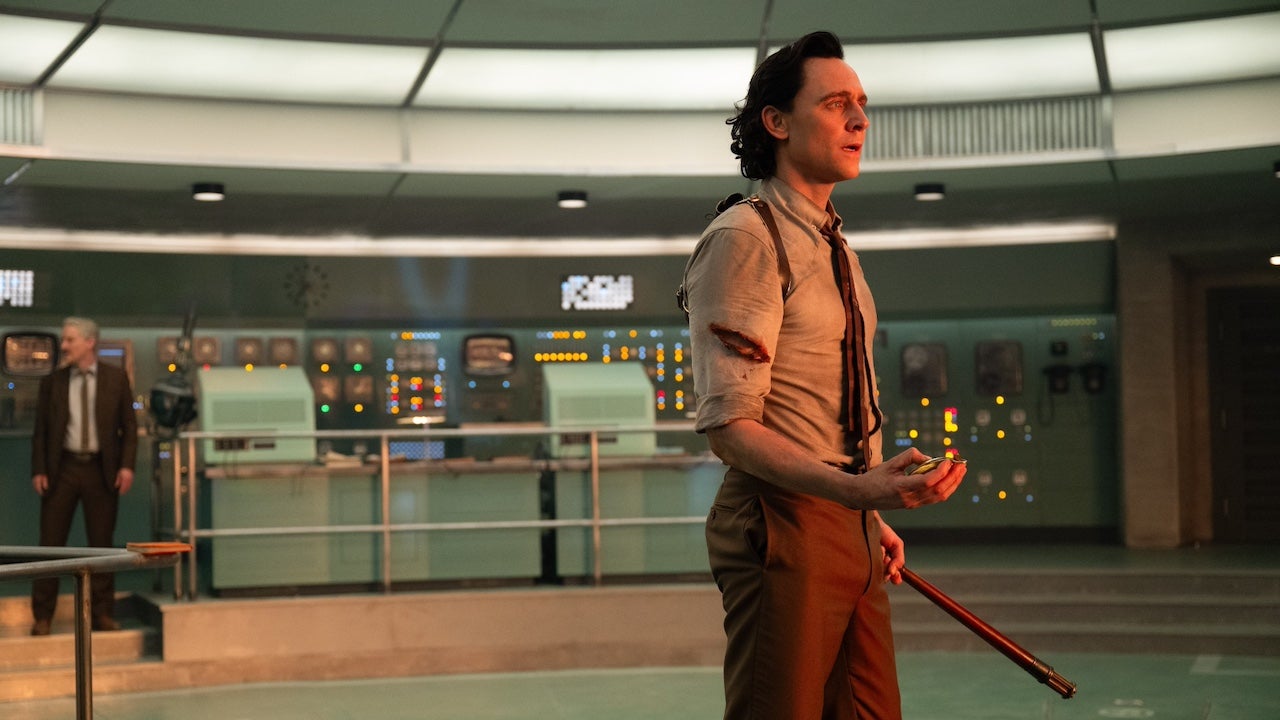In a revelation from X-Men screenwriter David Hayter, who is also known for voicing Solid and Naked Snake, the origin of Magneto's iconic helmet's power to block telepathy was detailed. Unlike previous comic iterations, the helmet's ability to shield against Charles Xavier's telepathic powers was not established until the X-Men movie under director Bryan Singer's guidance. Hayter explained that the decision to attribute telepathy-blocking properties to Magneto's helmet was to address the issue of why Xavier couldn't easily neutralize Magneto. The character of Magneto, portrayed by Erik Lehnsherr, has had a complex history with telepathy, showcasing substantial mental resistance in the comics, but the helmet's defensive abilities were solidified only with the film. This change addressed a major narrative gap but also raised further questions about the tactics used against other Brotherhood members.
nWhy was Magneto's helmet in the X-Men movie given the power to block telepathy?The telepathy-blocking power of Magneto's helmet was introduced in the X-Men movie to solve the plot issue of why Professor X couldn't use his telepathic abilities to simply incapacitate Magneto.
The X-Men franchise, known for its rich and detailed character backstories and complex lore, has undergone numerous adaptations over the years. Magneto, one of the most compelling characters in the X-Men universe, has been a central figure not only in the comic books but also in the cinematic adaptations. The franchise, since its first appearance in the 1960s, has explored themes such as prejudice, discrimination, and the fight for acceptance, with Magneto often embodying the more radical approach to mutant rights in contrast to Charles Xavier's pacifist philosophy. The introduction of the helmet's power in the movie added another layer to Magneto's character, reinforced his resourcefulness, and contributed to the ongoing development of the X-Men narrative across media.










Comments
No comments yet. Be the first to comment!